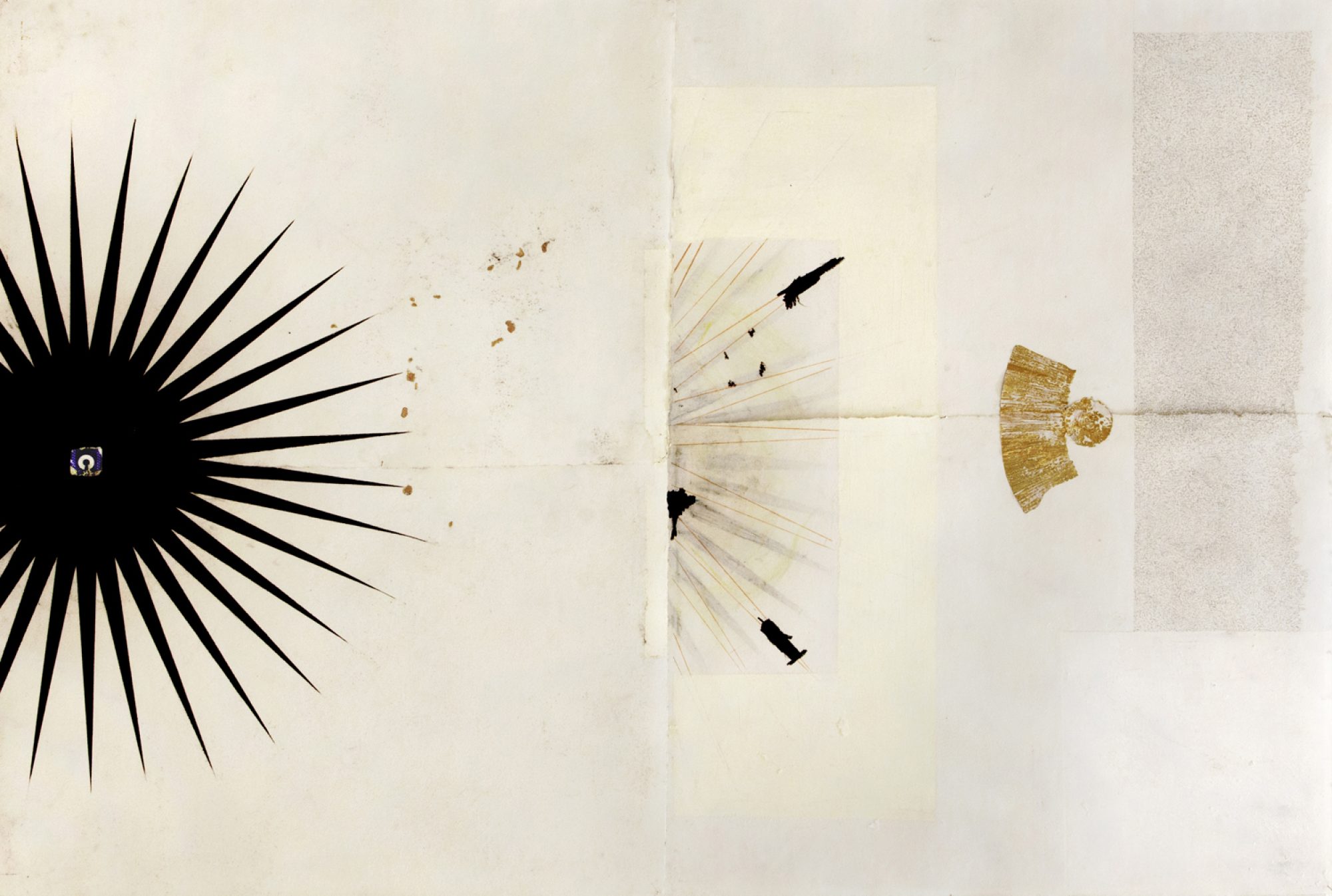Peer Reviewed
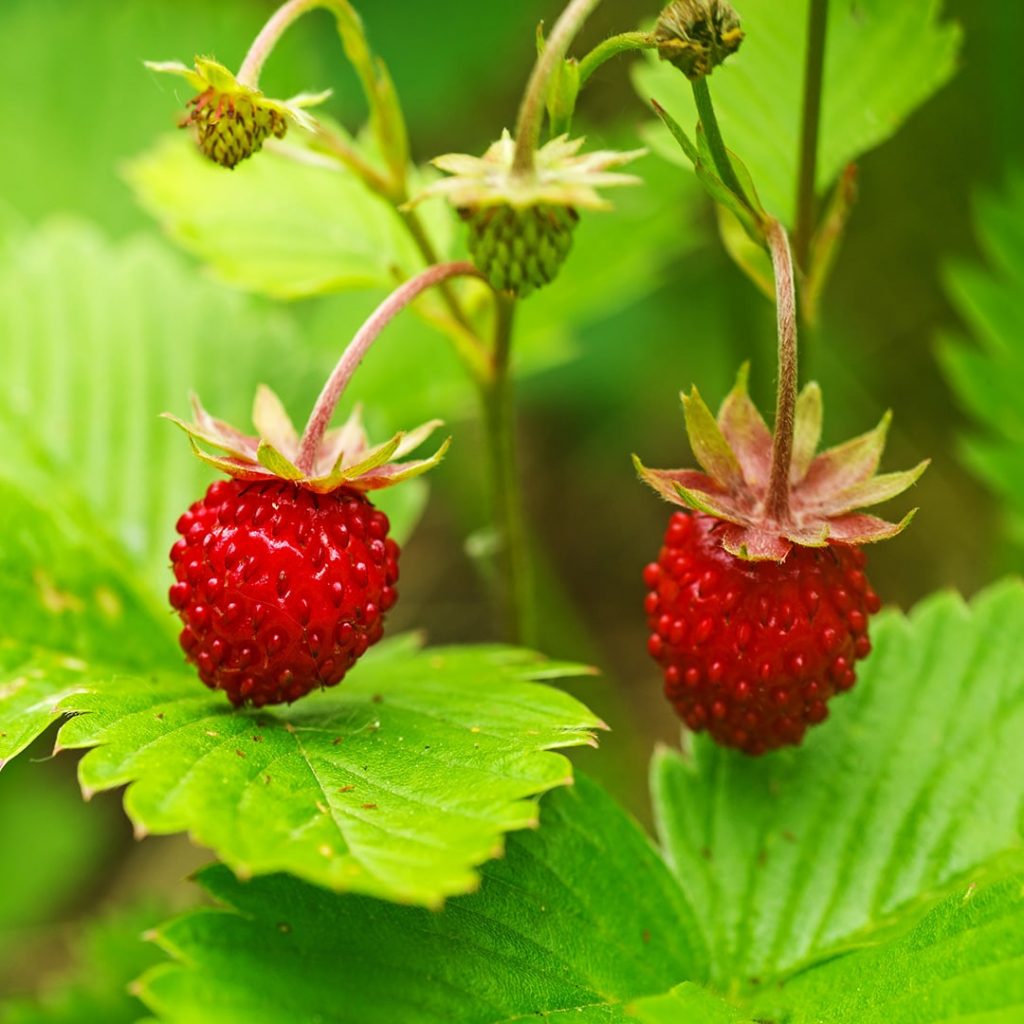
“Beyond the Map: Spikescapes and Wild Strawberries,” by Alastair Bonnett
“The maps of human and physical geography can seem overwhelming; the forces at work have become too unpredictable to be easily or neatly summarized. That’s why we need to attend to the hidden places, like the overlooked zone of anti-pedestrian cobbles and jagged paving that forms the spikescape of the modern city.”
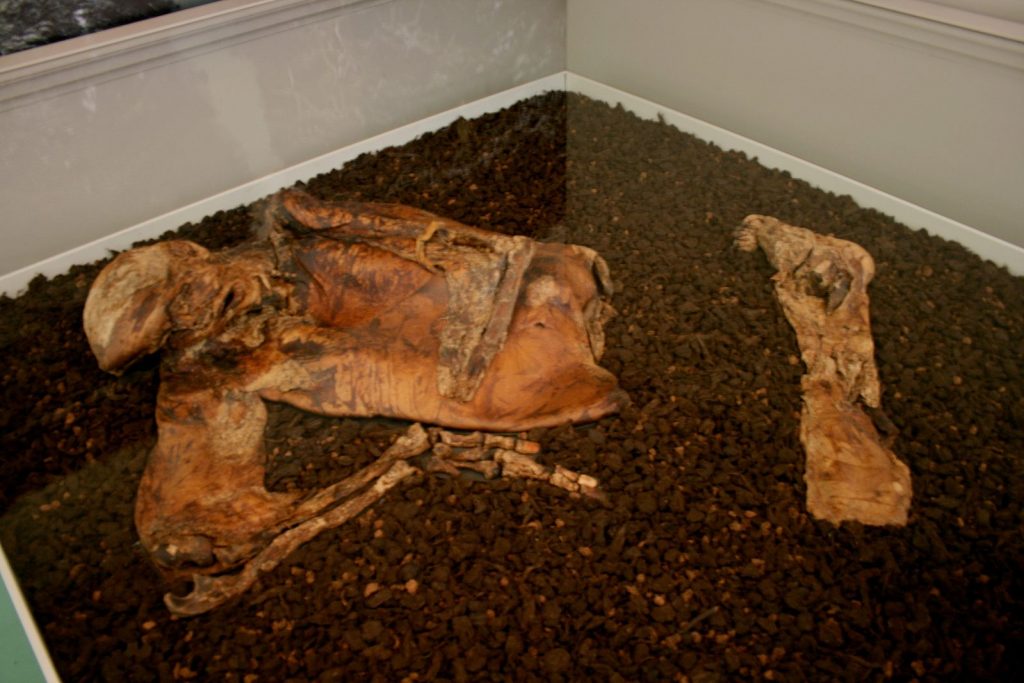
“Black Goo: Forceful Encounters with Matter in Europe’s Muddy Margins,” by Stuart Mclean
“This article seeks both to explore the limits of certain canonical formulations of historicity and historical knowledge and to ask what new cultural and political imaginaries and what possible futures might become thinkable through a more sustained engagement with the recalcitrant materiality of Europe’s muddy margins.”
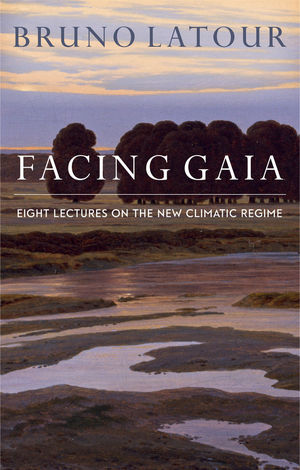
Facing Gaia: Eight Lectures on the New Climatic Regime by Bruno Latour
Bruno Latour argues that the complex and ambiguous figure of Gaia offers, on the contrary, an ideal way to disentangle the ethical, political, theological, and scientific aspects of the now obsolete notion of nature. He lays the groundwork for a future collaboration among scientists, theologians, activists, and artists as they, and we, begin to adjust to the new climatic regime.
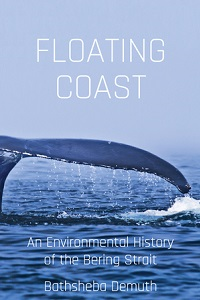
Floating Coast: An Environmental History of the Bering Strait by Bathsheba Demuth
Drawing on her own experience living with and interviewing indigenous people in the region, Bathsheba Demuth presents a profound tale of the dynamic changes and unforeseen consequences that human ambition has brought (and will continue to bring) to a finite planet.
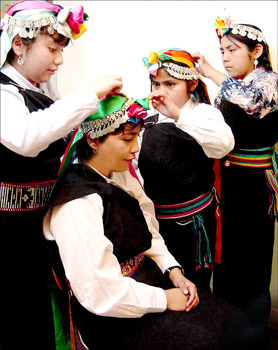
“The Limits of Care: Vitality, Enchantment, and Emergent Environmental Ethics among the Mapuche People,” by Piergio Di Giminiani
Caring for nonhumans entails a reflexive awareness of the ontological and ethical limits of human care, limits made visible by the nonhumans’ potentials to respond to our actions and affect us. Reflections on the limits of care foster an attentiveness to the conditions responsible for nonhumans’ ability of enchantment, a term that in Bennett’s proposal concerns an awareness on the singularness and surprising character of life.
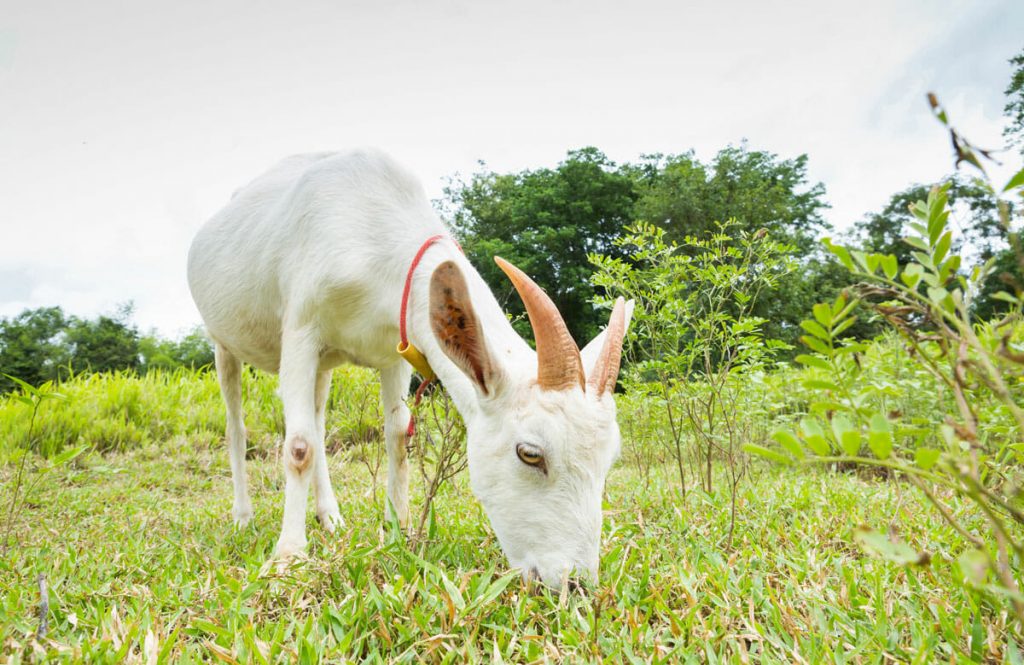
“Toward a Ruminant Gastronomy: Exploring the Creaturely Pleasures of Feeding Goats Well,” by Kelly Donati
This article proposes gastronomy as a fertile discourse, practice, and site of scholarly inquiry for thinking about the social and sensual pleasures of eating and living well across species difference. Based on ethnographic fieldwork with a cheesemaker in southern Australia, this article asks what it means to take seriously goats as gastronomic subjects and to consider what a ruminant gastronomy might look like within the web of creaturely relations that make cheese possible.
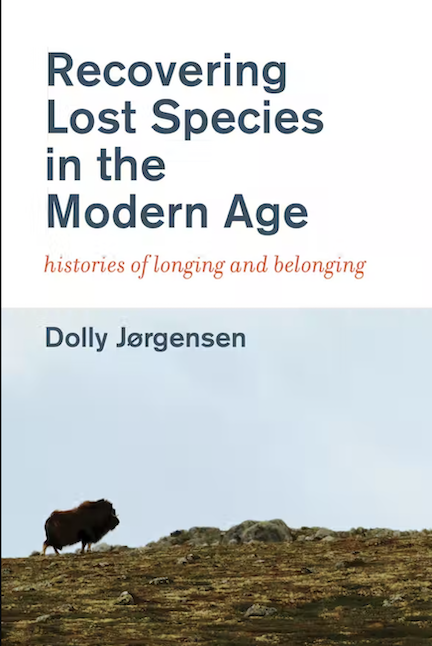
Recovering Lost Species in the Modern Age, by Dolly Jørgensen
Jørgensen explains why emotional frameworks matter deeply—both for how people understand nature theoretically and how they interact with it physically. The identification of what belongs (the lost nature) and our longing (the emotional attachment to it) in the present will affect how environmental restoration practices are carried out in the future. A sustainable future will depend on questioning how and why belonging and longing factor into the choices we make about what to recover.
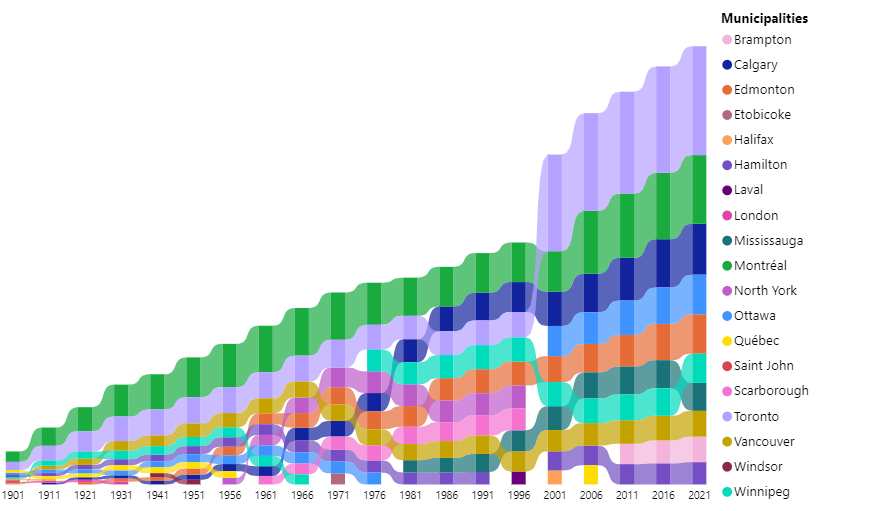
“Situated Kinmaking and the Population ‘Problem,’” by Katherine Dow & Janelle Lamoureaux
What does population mean, and how is this concept being put to use at a moment when the urgency of climate change seems to elevate the appeal to/of numbers? What role has and should kinship play in understanding “population”? Through a discussion of three recent books—Adele Clarke and Donna Haraway’s edited collection Making Kin Not Population, Michelle Murphy’s The Economization of Life, and Jade Sasser’s On Infertile Ground—this book review essay grapples with the place of human numbers in our understanding of the connections between human reproduction, kinship, and environmental issues.
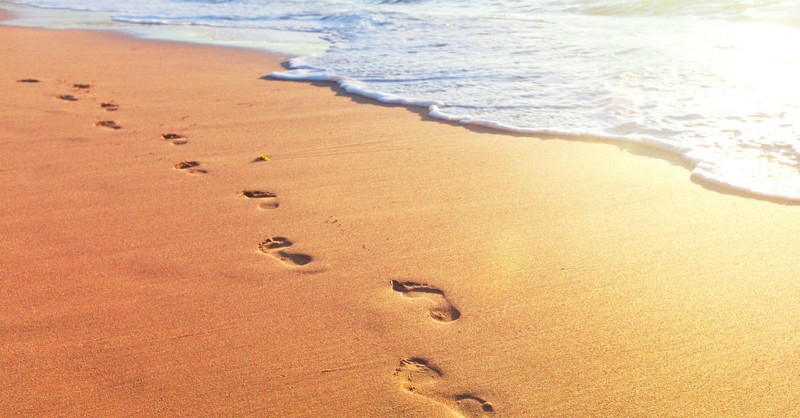
“Footprints through the Weather-World: Walking, Breathing, Knowing,” by Tim Ingold
By becoming knowledgeable I mean that knowledge is grown along the myriad paths we take as we make our way through the world in the course of everyday activities, rather than assembled from information obtained from numerous fixed locations. Thus it is by walking along from place to place, and not by building up from local particulars, that we come to know what we do.
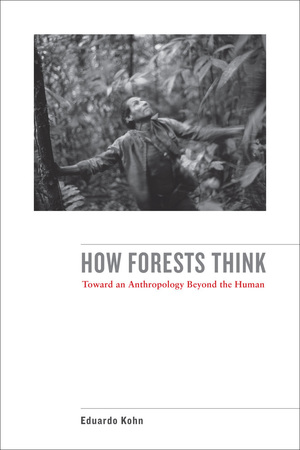
How Forests Think: Toward an Anthropology Beyond the Human, by Eduardo Kohn
Avoiding reductionistic solutions, and without losing sight of how our lives and those of others are caught up in the moral webs we humans spin, this book skillfully fashions new kinds of conceptual tools from the strange and unexpected properties of the living world itself. In this groundbreaking work, Kohn takes anthropology in a new and exciting direction–one that offers a more capacious way to think about the world we share with other kinds of beings.
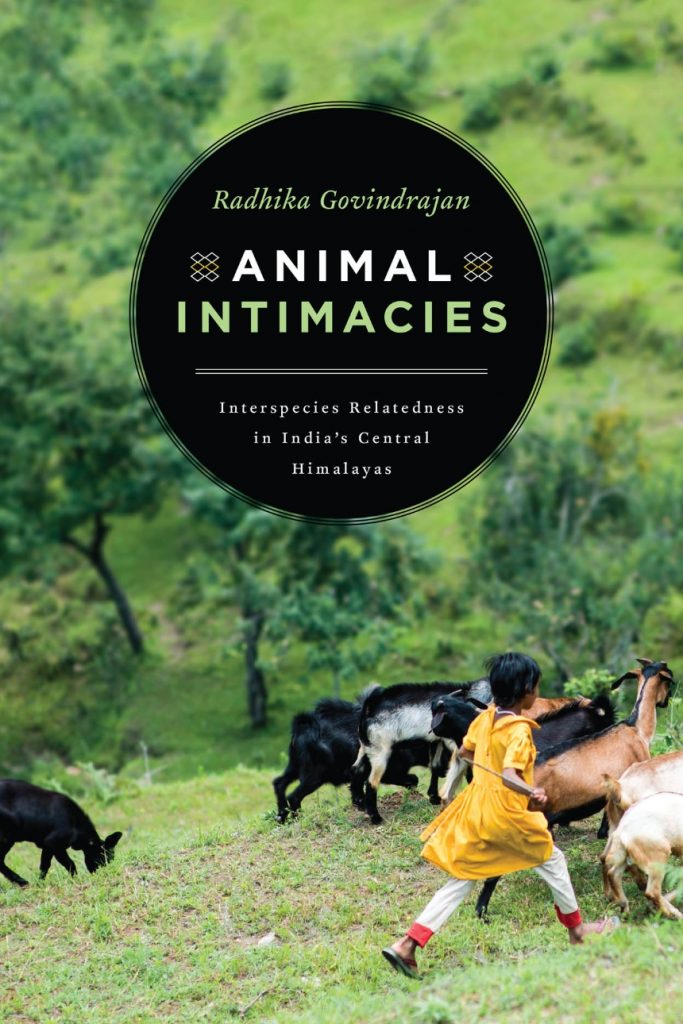
Animal Intimacies: Interspecies Relatedness in India’s Central Himalayas, by Radhika Govindrajan
What does it mean to live and die in relation to other animals? Animal Intimacies posits this central question alongside the intimate—and intense—moments of care, kinship, violence, politics, indifference, and desire that occur between human and non-human animals.
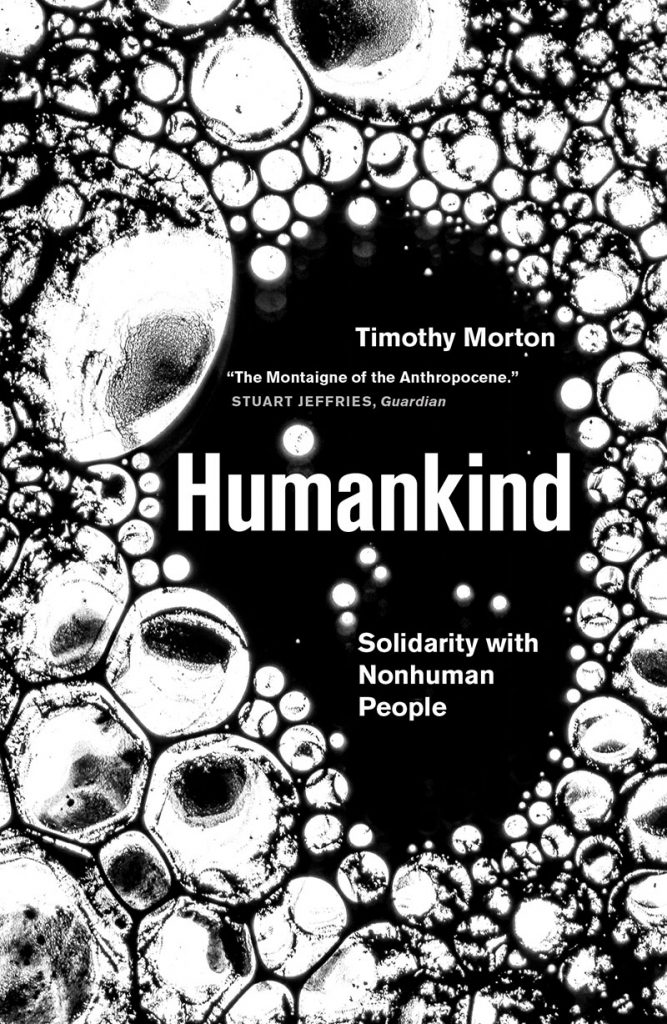
Humankind: Solidarity with Nonhuman People by Timothy Morton
What is it that makes humans human? As science and technology challenge the boundaries between life and non-life, between organic and inorganic, this ancient question is more timely than ever. Acclaimed Object-Oriented philosopher Timothy Morton invites us to consider this philosophical issue as eminently political. In our relationship with non-humans, we decided the fate of our humanity.
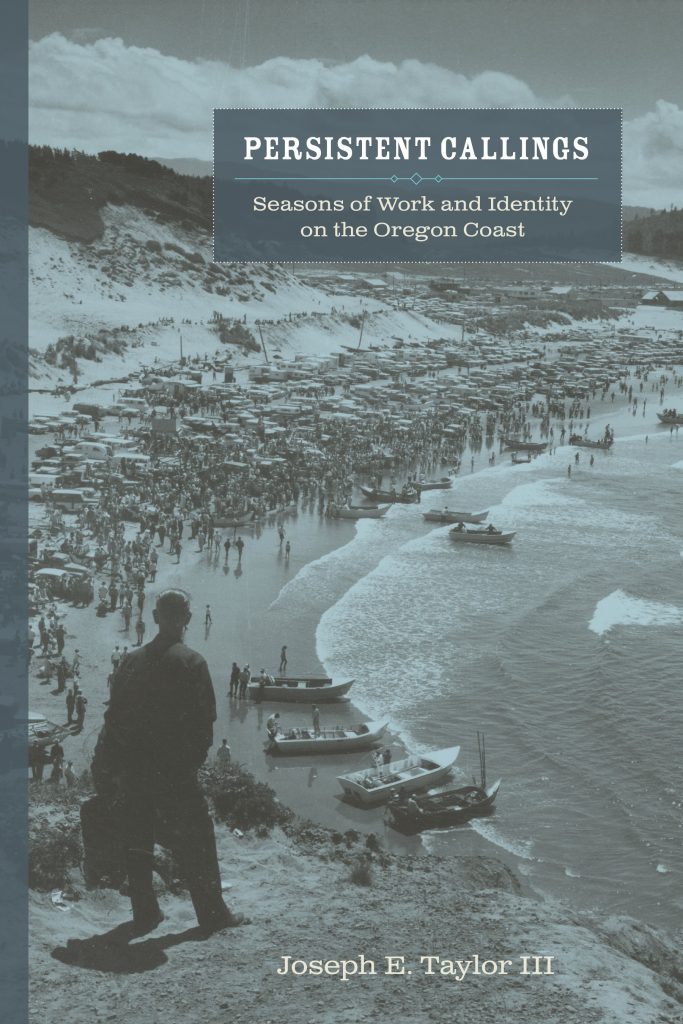
Persistent Callings: Seasons of Work and Identity on the Oregon Coast, by E. Taylor III
In crisp prose and succinct chapters, Persistent Callings carries readers from aboriginal times to the present, illustrating the wisdom of seasonal labor, the complex relationships between work and identity, and the resilience of rural economics across more than a century of almost continual change.
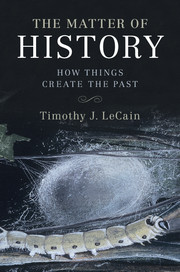
The Matter of History: How Things Create the Past, by Timothy J. LeCain
The Matter of History brings these scientific and humanistic ideas together to develop a bold, new post-anthropocentric understanding of the past, one that reveals how powerful organisms and things help to create humans in all their dimensions, biological, social, and cultural.
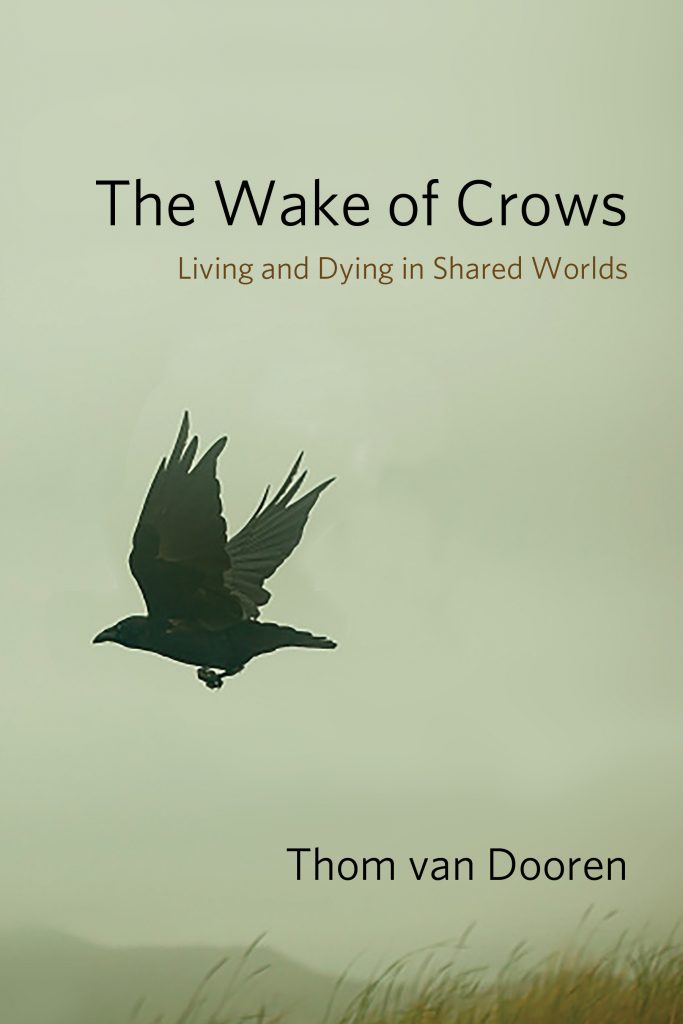
The Wake of Crows: Living and Dying in Shared Worlds, by Thom van Dooren
Moving among these diverse contexts, this book tells stories of extermination and extinction alongside fragile efforts to better understand and make room for other species. Grounded in the careful work of paying attention to particular crows and their people, The Wake of Crows is an effort to imagine and put into practice a multispecies ethics. In so doing, van Dooren explores some of the possibilities that still exist for living and dying well on this damaged planet.
Other Media

“An Eye for Winter: In Praise of Local Beauty,” by Jeff Filipiak
The best way to motivate appreciation is to share glimpses of what I see, of the types of imagery I look for as I walk. All of these photos are from metropolitan areas in Wisconsin (except one from a rest area); you don’t need to travel far in order to find some of the magic that winter brings into our lives.
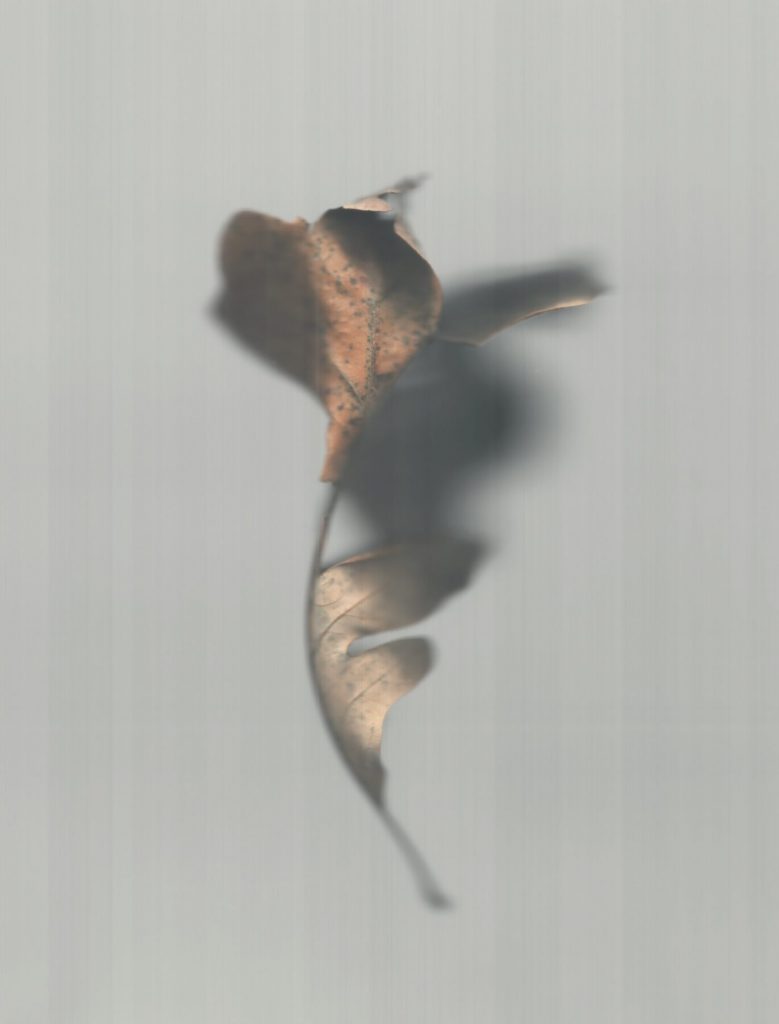
“To Be Held,” by Linda Hogan (Poem)
To be help / by the light / was what I wanted / to be a tree drinking in the rain…

“Learning from and with Invasive Species: Pluralities, Refractions, Futures!” by Estraven Lupino-Smith
Learning from and with Invasive Species: pluralities, refractions, futures, a 4 part series of pieces concerned with how humans choose to relate to species perceived to be “out-of-place” as shaped by ontologies, socioeconomic context, place-based histories, and desires of knowing and belonging to the world. By drawing attention to invasivity as historical production and the fickleness of its adoption, the series takes up discussions around invasion ecology and its relationship to the politics of land, labor, resources, selfhood, and place-making.

“Long in the Tusåk: Narwhals, Then and Now.” by Aylin Malcolm
I wrote my thesis on what may be the world’s most astounding tooth: the long, spiraling tusk of the narwhal (Monodon monoceros). I estimated tusk breakage rates from photographs, examined specimens at museums, and read widely about this reclusive polar mammal. But to this day, I have never seen a narwhal. My knowledge of the species was constructed entirely via images, testimonials—and teeth.
